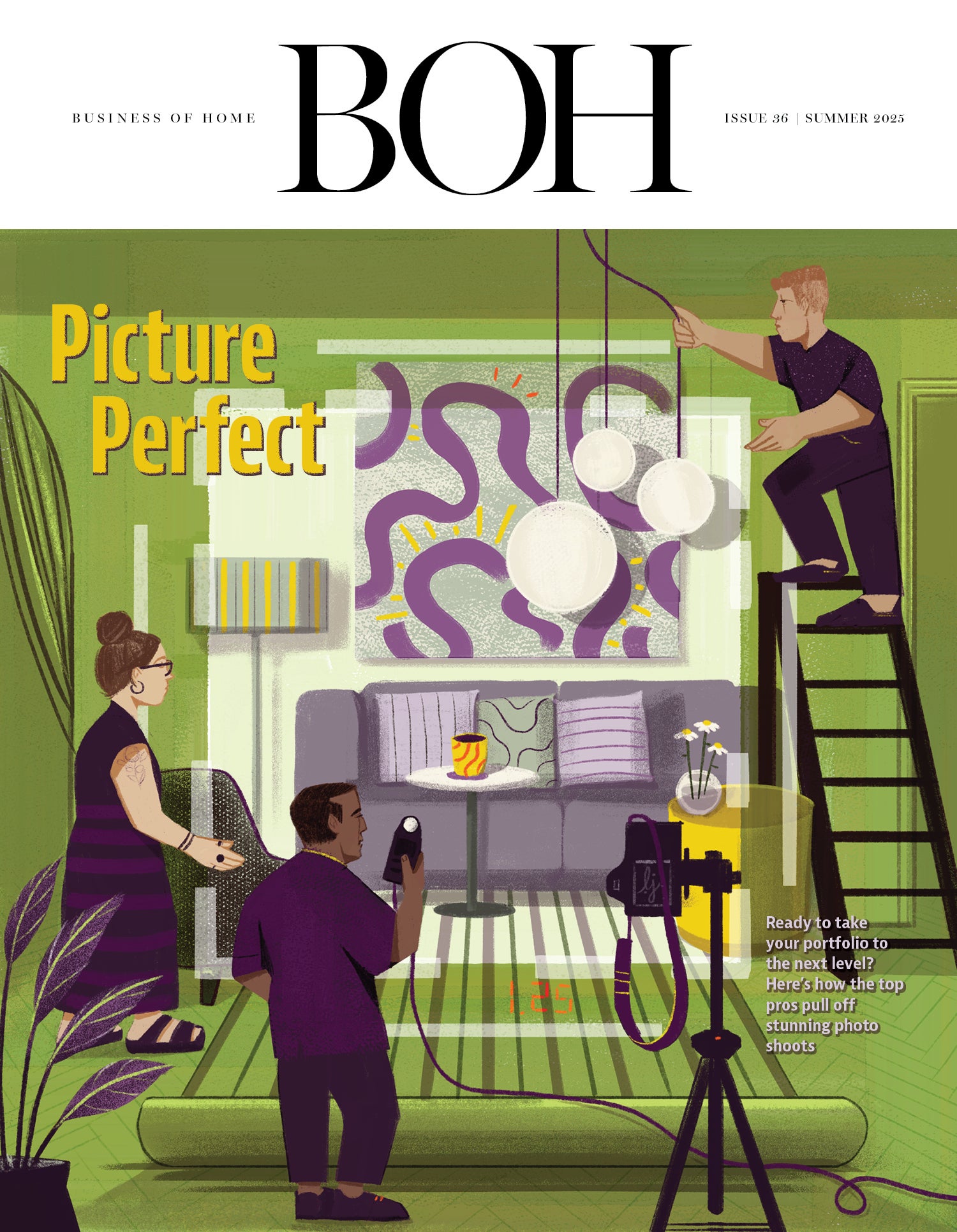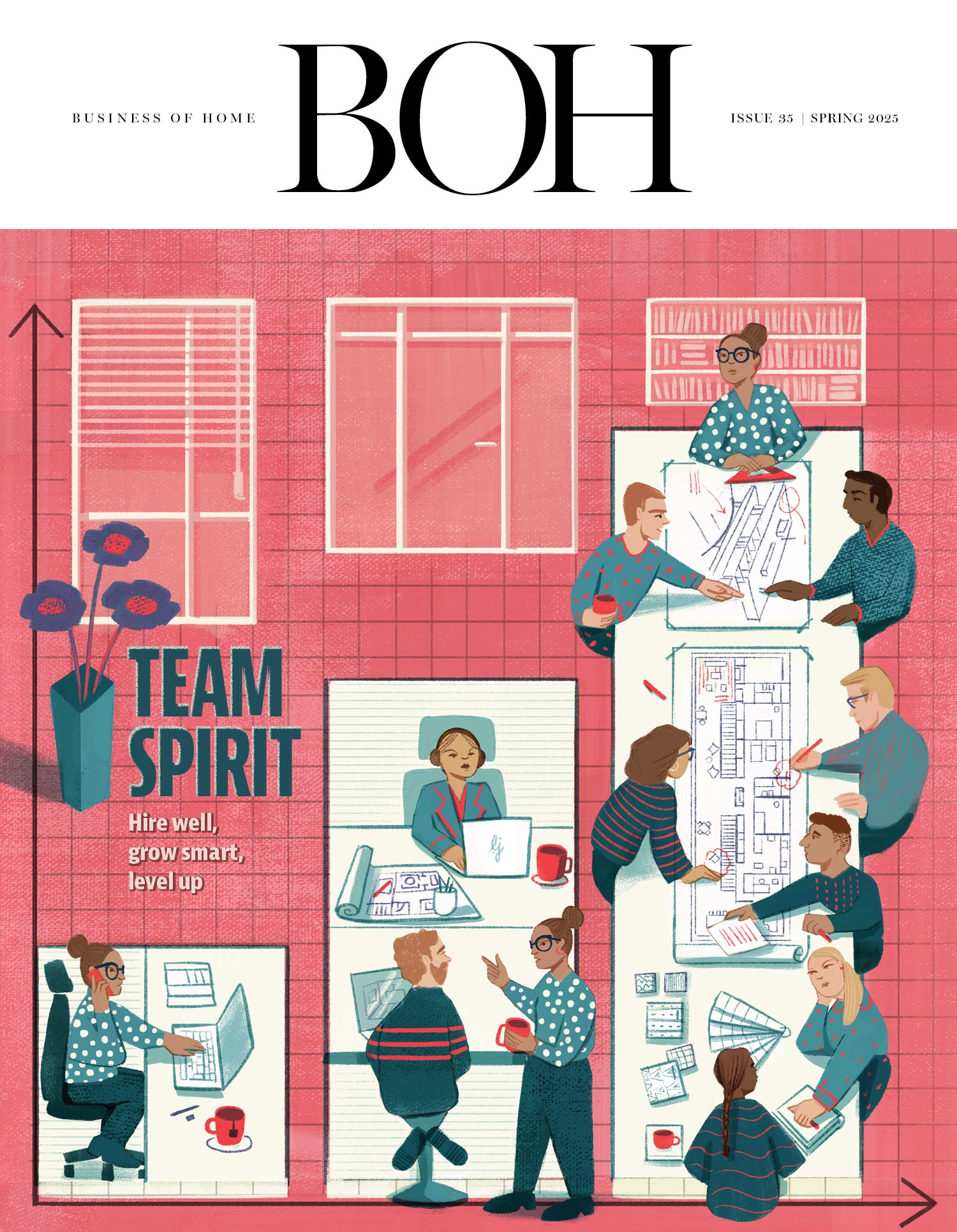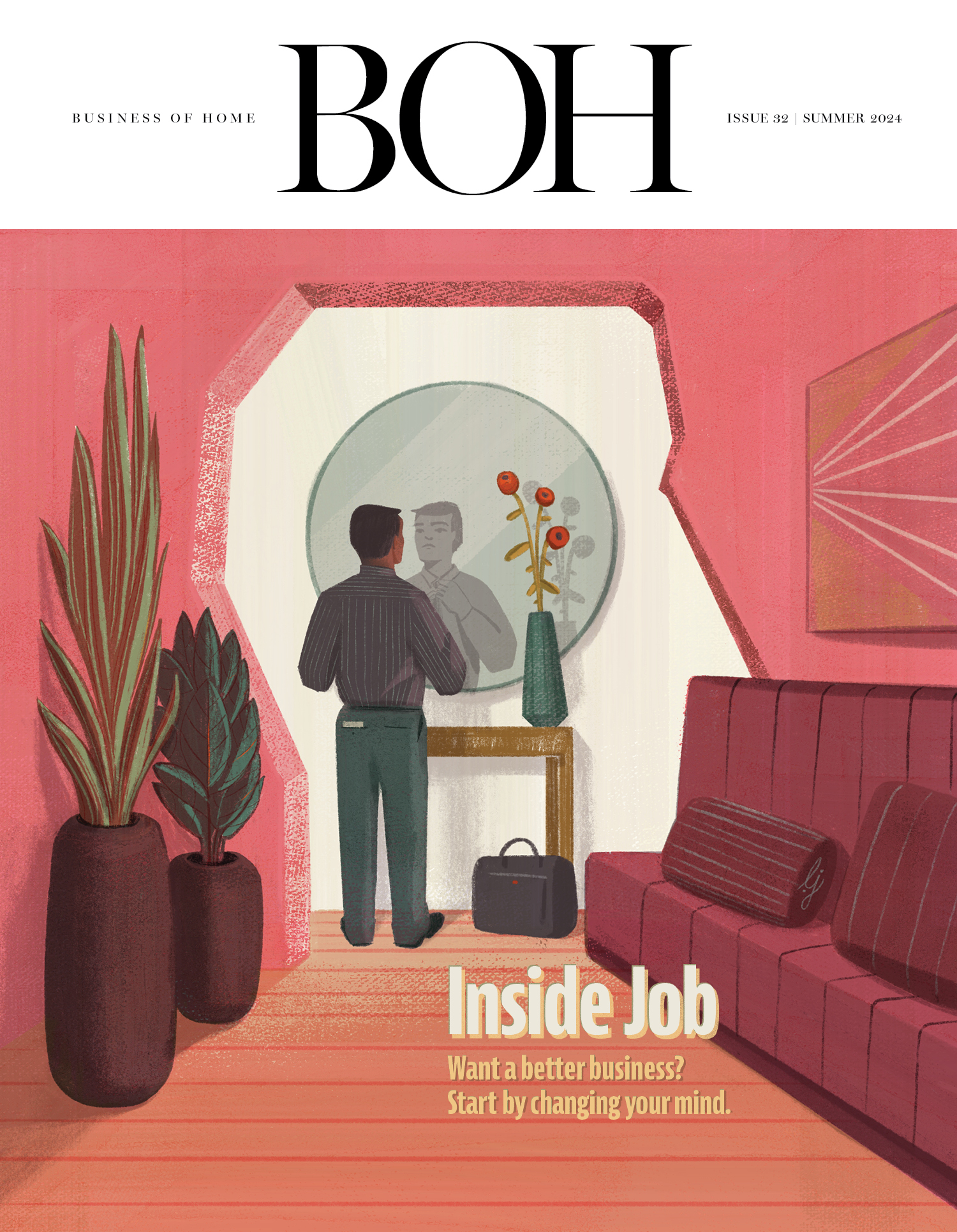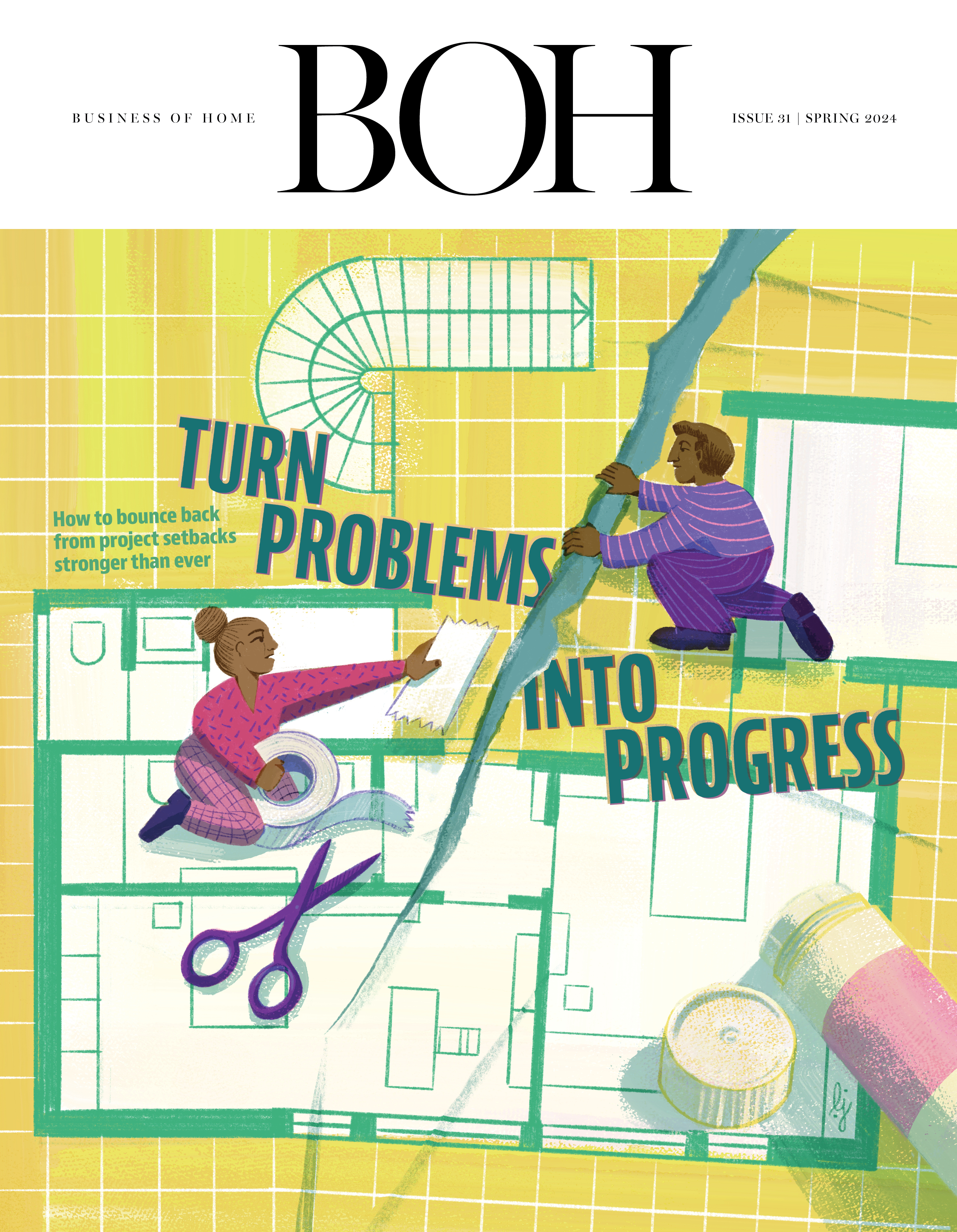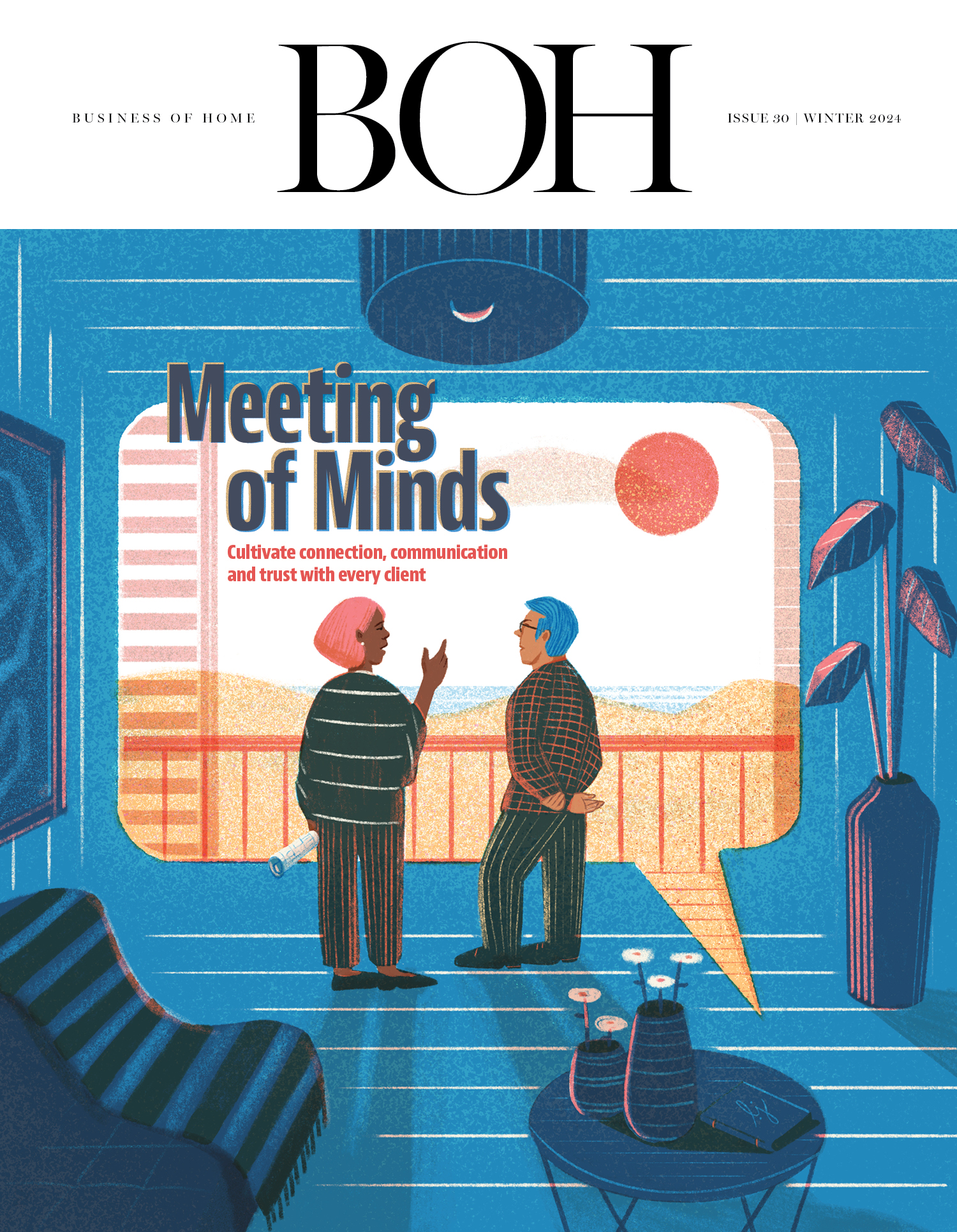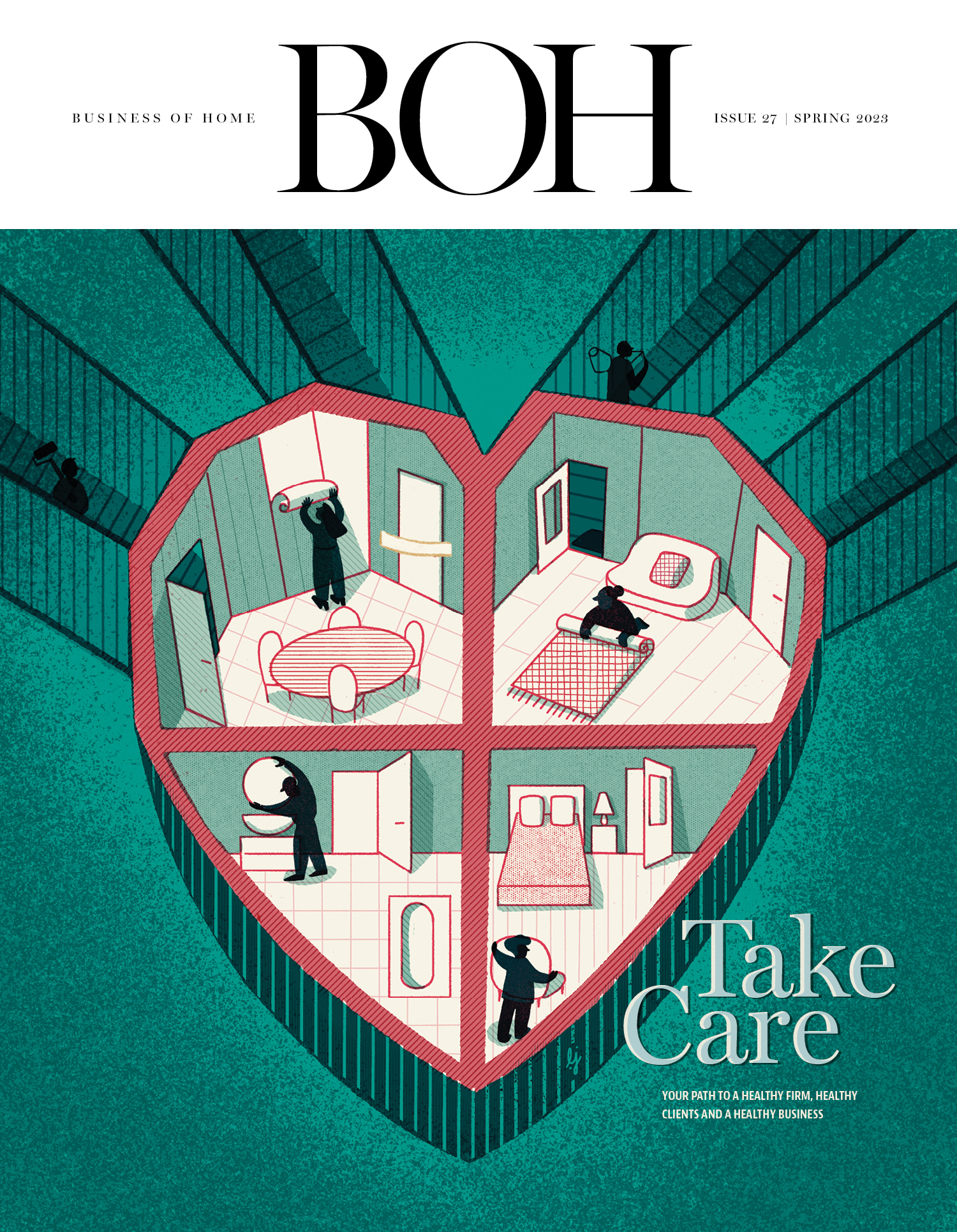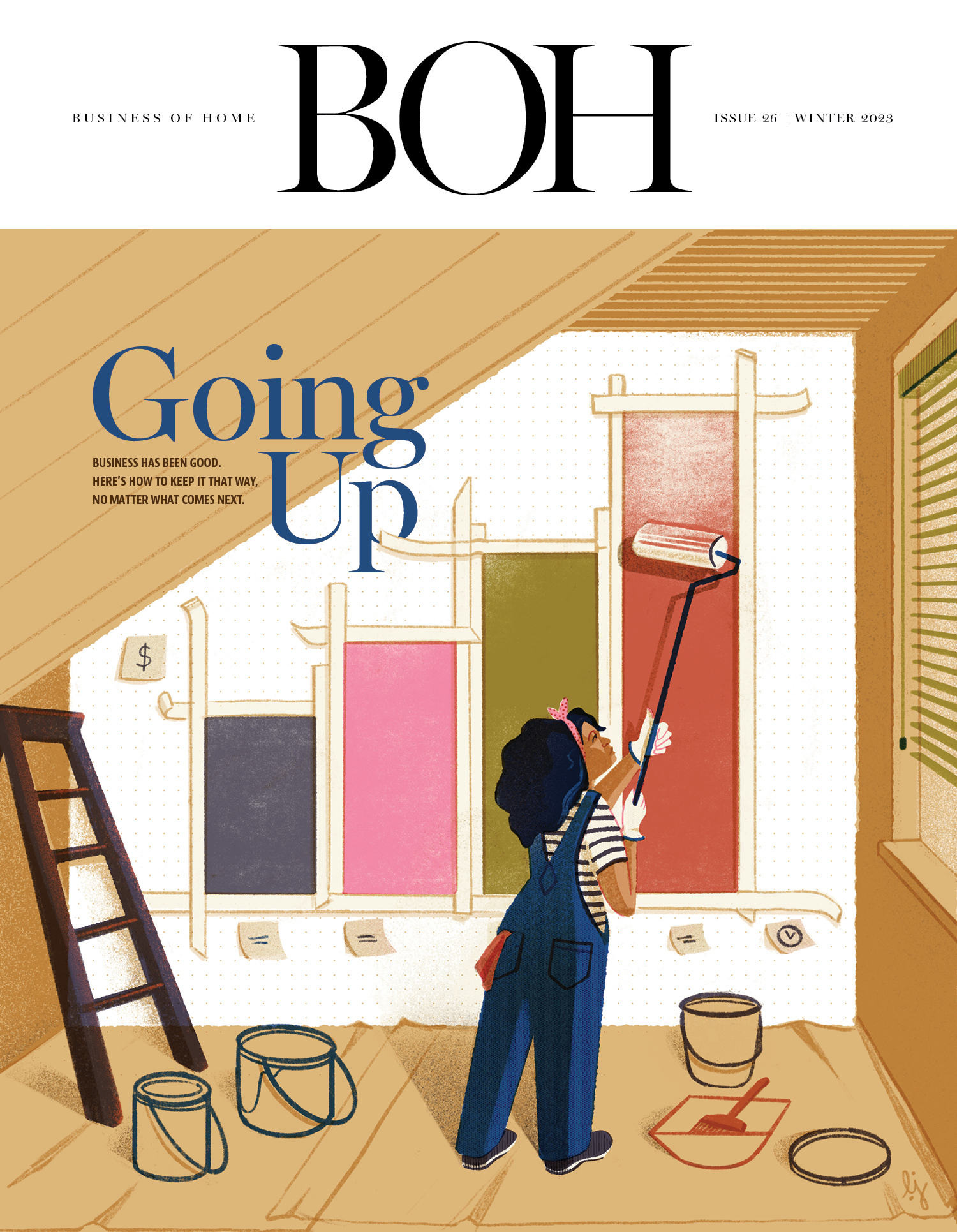Dear Sean,
I’ve heard you say that designers are in the idea business—yes, we make beautiful spaces happen, but only after we dream up what they are going to be. But lately it seems like all things AI are bent on destroying that value proposition by offering clients fast and easy solutions. It’s increasingly difficult to tune it out or look the other way. But should I be worried that the idea economy will dry up? How should I be thinking about what lies ahead?
Gut Check
Dear Gut Check,
First, I am of the opinion that a crisis demands creation no matter its cause. We can wring our hands at how all things are haywire with tariffs and increased prices, but in the end, the work is all about connection and creating what is yet to be seen.
So what is the value of an idea? It is simultaneously infinite and worthless. No single idea has value—this is the mistake so many designers make. Indeed, the value of the idea is its influence on the next idea. The series of ideas creates action; action creates movement toward manifestation; manifestation transforms both during its process and in its result. This takes your client on a journey from the fog of the unknown to all that was meant to be but never was until you showed up. As of now, generative AI is not in a position to do more than aid in the individual, conceptual steps of this process. But those ideas are worthless without the synthesis, momentum and execution that only a talented, hardworking human can bring.
Today, we confuse the process of idea-building with the notion that the grand idea is the goal—as if the portfolio shot is the silver bullet. In reality, silver bullets are a myth, but they persist in our culture because it is wonderful to live in that hope. The heart of the ideation-and-creation process is less about the beauty of what change can bring than the sacrifice necessary to make it happen. Simply, you have to get paid to get lost and then figure it out. It means making an outrageous promise, pairing it with an outrageous demand during design, and rinse and repeat until you are done.
How many times have you said, “My role is to make your life stress-free”? How often have you compromised yourself, your art and your design business in the guise of making the client happy? The client is always right, after all.
Except, for designers, the client is always wrong. Well, maybe not always—a broken clock is right twice a day. But if clients could see the world as you do, you and your vocation would not exist. You know more about them in this context than they could ever hope to know themselves. So your design advice, even if it’s very different from what they were thinking (how could it not be?), is actually a better version of themselves. Period. You have to get paid—in dollars, decisions and trust—to honor this notion.
However, fear of the unknown is a powerful demon, especially in the chaos of the current landscape. When you see indecision, the unwillingness to meet a (higher) budget, and the desire to get ever closer to the Monet painting (the clients who focus more and more on the minutiae rather than the big picture), these behaviors are all driven by fear. If you have done your work well—pushing your client to step outside their comfort zone to achieve a vision of their future—you will be the one who has either created the fear, or at least brought it to the surface. Your willingness to help your client find resolution is everything today.
To those of you who wish to compromise, placate, ignore or otherwise, good luck. You are about to get run over. Emotionality begets desire, which exacerbates anything you and your design business are tasked with. The sofa never was just a sofa, but man oh man, is it not today. It is all about what the sofa represents to your client, why it matters to them to own it, and your willingness and sacrifice to both imagine it and bring it to life.
There are three fundamental points here. If you are not yet invested in the value of an idea and earning your client’s trust and permission to show the next one, the time to start doing that work is yesterday. Next, if your clients do not appreciate the value of your idea despite your investment, that is on both of you. Learn how to be a better communicator of the idea(s) you hold so dear. The beauty about all the things AI can assist with communicating is that you have absolutely no excuse to do anything good enough. Last, if you have done the work and feel confident in your communication, but still meet the immutable wall of fear and/or indifference, then allow yourself (and build into your agreements) the permission to be done. You can never compromise those who deeply care about you, your art and your design business with those that really do not. Even today, the key to your success is to dig deeper holes and ask better questions to discover better ideas. Or you can keep trying to “make it work” by making it cheaper. Your choice.
____________
Sean Low is the go-to business coach for interior designers. His clients have included Nate Berkus, Sawyer Berson, Vicente Wolf, Barry Dixon, Kevin Isbell and McGrath II. Low earned his law degree from the University of Pennsylvania, and as founder-president of The Business of Being Creative, he has long consulted for design businesses. In his Business Advice column for BOH, he answers designers’ most pressing questions. Have a dilemma? Send us an email—and don’t worry, we can keep your details anonymous.




